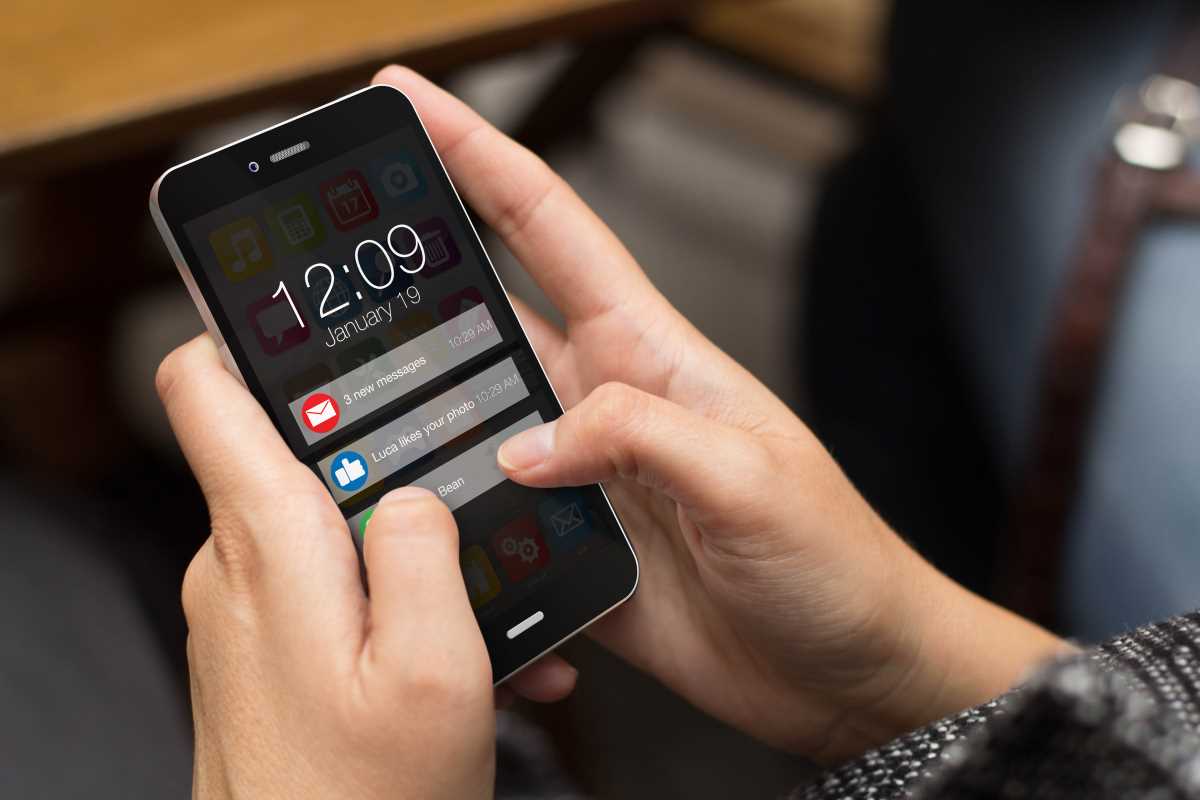Notifications are a constant presence in modern work environments. Every ping, chime, and alert demands attention, interrupting tasks and breaking the flow of focus. While these notifications are meant to keep us informed, their constant stream often leads to overwhelm, reduced productivity, and an overall sense of mental clutter. Customizing notifications offers a solution. By taking control of which alerts appear, how they behave, and when they’re active, it’s possible to build a more balanced and efficient workday. This intentional approach creates a digital space that supports productivity rather than derailing it.
Why Customization Matters for Productivity
Notifications inherently draw attention, which is why they can be a double-edged sword. They are valuable for keeping track of priorities, but without moderation, they can fragment attention throughout the day. The psychological principle of “attention residue” explains how even brief interruptions leave traces of distraction, making it harder to refocus on the task at hand. Each notification, no matter how minor, risks pulling productivity into a downward spiral.
Customizing notifications helps minimize interruptions. With settings tailored to specific needs, you ensure that only genuinely important alerts get through while silencing less critical disturbances. Beyond reducing distractions, customized notifications allow for a smoother mental flow, encouraging deeper focus on meaningful work. This balance fosters a sense of control and calm, preventing the feelings of overwhelm that unchecked notifications can cause.
Notifications also impact stress levels. Research shows that constant alerts contribute to increased anxiety, particularly when they create a sense of urgency. By customizing notifications, it becomes possible to create a more intentional relationship with work tasks and communications, reducing stress while promoting clarity and efficiency.
Tailoring Notifications Across Devices
Device settings are a key starting point for better notification management. Most modern operating systems offer extensive options to control alerts, making it simple to fine-tune how and when notifications appear. Whether using a desktop, smartphone, or tablet, understanding these tools unlocks a range of possibilities for staying informed without becoming distracted.
On smartphones, both iOS and Android feature robust notification controls. Apps can be managed individually, allowing certain types of notifications to remain active while muting others. For example, email alerts can be set to appear only for high-priority contacts, or messaging apps might send vibrations during meetings instead of audible tones. By using features like “focus modes” or “do not disturb” settings, it’s possible to schedule quiet periods during peak focus times, while still receiving urgent calls or alerts that genuinely need immediate attention.
On desktops and laptops, settings like the “Focus Assist” in Windows or “Do Not Disturb” on macOS help create digital quiet zones. These tools allow for selective blocking, ensuring work-related applications can still send notifications while silencing non-essential distractions. Task management productivity apps like Microsoft Teams or Slack often have their own settings for muting channels or limiting repeated pings, further enhancing workspace customization.
The goal is to align notification behaviors across all devices for consistency. When phones, tablets, and computers follow the same rules, distractions are managed seamlessly, no matter where work happens.
Customizing Apps for Efficient Interactions
While system-level changes are foundational, many individual apps also feature notification settings that deserve attention. Customizing notifications within emails, messaging platforms, and task management tools ensures the right information reaches you at the right time.
Email apps, for instance, often allow separation between general and priority notifications. Tools like Gmail enable labeling, highlighting, or prioritization of important messages, which ensures only high-priority emails prompt alerts. Notifications for newsletters, promotional emails, or automated updates can be deactivated entirely, keeping the inbox free of low-priority pings.
Messaging platforms like Slack, WhatsApp, or Microsoft Teams offer nuanced customization. Setting custom statuses or snooze periods for these apps helps regulate when messages appear. Some platforms also allow keyword-based alerts, notifying you only when specific terms relevant to your tasks are mentioned, rather than every single update in a thread or channel.
Task management and scheduling apps, such as Todoist or Google Calendar, further provide options for tailored reminders. These can include setting notifications based on deadlines, dependencies, or milestones, ensuring that you’re prompted only when something directly tied to your workflow requires action. These features help refine the balance between staying informed and remaining undisturbed.
Strategies for Maintaining Balance
Customizing notifications isn’t just about ignoring distractions; it’s about building a balanced system that supports productive and meaningful engagement. Regularly revisiting your customization choices ensures that notification settings evolve along with changing schedules or priorities. If you switch projects, onboard new tools, or face shifting responsibilities, outdated notification preferences might hinder rather than help.
Time blocking is a complementary strategy. By designating focused work times and pairing these moments with “do not disturb” settings, productivity becomes more intentional. Combined with scheduled check-ins for responding to messages or emails, this system ensures incoming notifications won’t disrupt critical periods of focus.
Consistency across personal and work devices is also vital for effectiveness. Disabling redundant notifications on multiple devices reduces the chances of repetitive pings. For example, if an email triggers alerts on both your phone and computer, silencing one can create a smoother dynamic across channels.
Observing how notifications affect your focus enables adjustments. If you find certain apps or platforms consistently pulling your attention away from what matters, dig deeper into their settings or consider limiting their presence altogether during specific times of day. The long-term goal isn’t simply silencing alerts but cultivating a system that intuitively supports your work habits.
The Benefits of a Controlled Notification System
The payoff for customizing notifications extends beyond the immediate benefits of fewer distractions. It creates an environment conducive to deep, sustained focus, an essential element for tackling complex or creative tasks. When attention flows uninterrupted, the quality and speed of work improve, often leading to a greater sense of accomplishment.
Equally important is how a well-managed notification system supports well-being. By reducing interruptions, you regain control over your time, leaving room for deliberate breaks, reflection, or other revitalizing activities. Instead of feeling constantly tethered to incoming alerts, you can approach work with a more mindful and intentional mindset.
Furthermore, establishing clear boundaries helps foster healthier communication patterns with colleagues and collaborators. By setting limits on when and how you respond to alerts, you train others to respect your focus time. This balance contributes to a healthier work culture and allows you to sustain productivity without burnout.
Designing Your Ideal Digital Workspace
Efficient notifications are central to a productive digital workspace, but achieving this requires conscious effort. The way devices, apps, and individual settings interact shapes how smoothly work flows each day. Customizing notifications is not just about reducing distractions; it’s about designing a workspace that aligns with your priorities, keeps focus intact, and helps you achieve more with less mental clutter.
Streamlining notifications doesn’t happen overnight, but committing to small adjustments over time makes a measurable difference. Whether starting with basic device settings or refining app-specific configurations, each step moves you closer to a tailored system that supports rather than disrupts your day. With the right mix of tools and strategies, notifications transform from a source of stress into a valuable ally in work efficiency.







